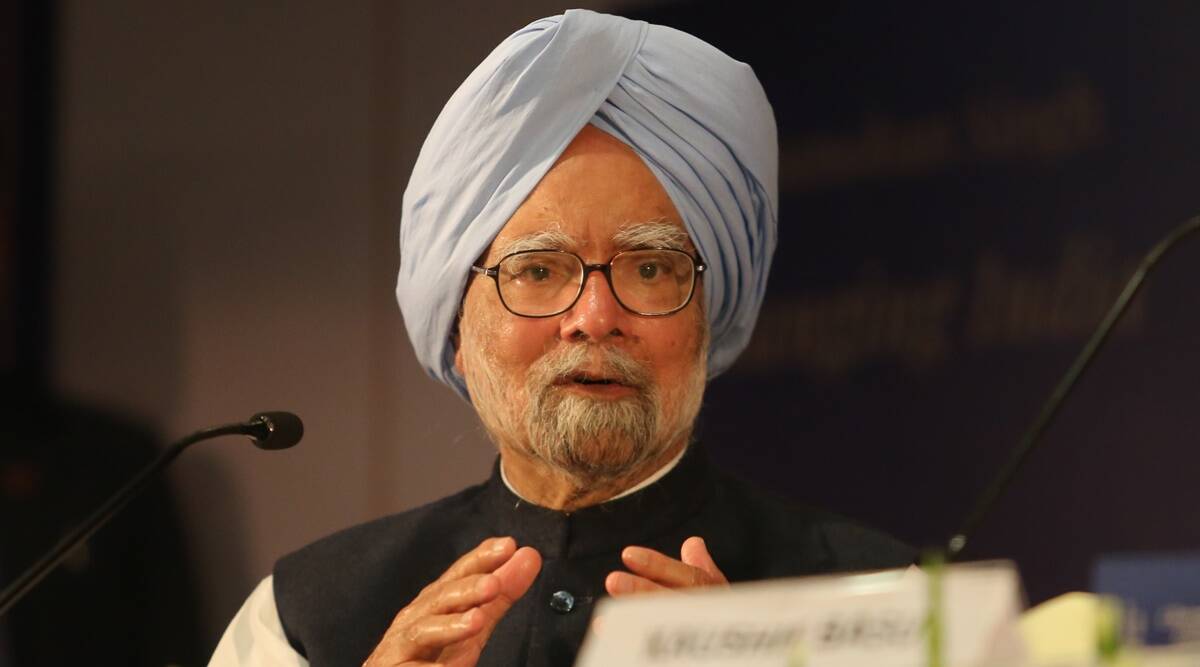Sonia and Rahul still face the gravest Security Threat

One wonders what prompted Narendra Modi government to withdraw the SPG security cover to former Prime Minister, Dr. Manmohan Singh. He will now be guarded by the CRPF in Z+ category, much like Mukesh Ambani, but with one difference. The tycoon pays for his security.
Withdrawal of security cover could sometime prove disastrous. Rajiv Gandhi’s security cover was withdrawn by V P singh when he was the Prime Minister. Facing threat from Lankan tigers with no SPG cover when he demitted office, he roamed the badlands with just two cops; sadly, one was killed with him in the blast at Sriperumbudur where he was campaigning in the 1991 polls.
Z-plus security, with 55 guards including Black Cats, is given to those VIPs (except prime ministers and their close kin who are hitherto SPG covered) facing the gravest threat. Next comes the Z category with 22 guards including Black Cats. Y category worthies get 11 guards including two Black Cats; the X-category VIPs have two armed guards and no commando.
Narendra Modi’s security managers have been scaling down the security cover associated with VIP culture. They have banned beacons from most car-roofs and cut number of cops on guard duty. Manmohan Singh, a quiet soul, has no complaints. His daughters had themselves cut the SPG tail long years ago. V P Singh used to make a hue and cry in 1990s, seeking to be free from SPG cover. The law then was that you have to be guarded, tailed, covered and secured by the SPG for ten years after ceasing to be Prime Minister; no way you could shake them off.
After the assassination of Prime Minister Indira Gandhi in October 1984, a review was undertaken by a Committee of Secretaries and it was decided to entrust security of the Prime Minister to a Special Protection Group under unitary and direct control of a designated Officer and the STF to provide immediate security cover both in New Delhi and outside. These decisions were taken as short-term measures.
Then on 18 February 1985, the Ministry of Home Affairs set up the Birbal Nath Committee to go into the issue in its entirety and submit its recommendation. In March 1985, the Birbal Nath Committee submitted its recommendations of raising a Special Protection Unit (SPU). On 30 March 1985, the President of India created 819 posts for the unit under the Cabinet Secretariat. The SPU was then re-christened Special Protection Group and the post of Inspector General of Police was re-designated as Director.
The SPG came into being on 8 April 1985 when S. Subramaniam, then Joint Director (VIP Security) in the Intelligence Bureau assumed office. Creation of the SPG required an elaborate exercise in order to clearly delineate responsibility of various agencies concerned with the security of the Prime Minister. The provisions contained in the Blue Book, which lays down security guidelines for the protection of the Prime Minister, had to be harmoniously blended with this new concept of proximate security.
The SPG was constituted and trained specially to provide protection to Prime Minister Rajiv Gandhi, in view of the threats to him from several sources. But, the organization created for the proximate security of Prime Minister Gandhi, did not contemplate provision of protection to him when he ceased to be Prime Minister, and faced magnified threats. SPG cover for Rajiv Gandhi was withdrawn once he ceased to be Prime Minister. After the assassination of Rajiv Gandhi in May 1991, the SPG Act was amended in 1991 to provide security to former Prime Ministers and their immediate families for a period of 10 years from the date on which the former Prime Minister ceased to hold office.
IB and the State/UT Police concerned were responsible for coordination, collection and dissemination of intelligence affecting VIP security. State/UT Police and the SPG were responsible for providing physical security arrangements for the Prime Minister, while the IB was to provide the required intelligence inputs to these operational agencies.
The SPG functioned as a security group purely on the strength of an Executive Order for three years without a legislation, from April 1985 to June 1988.
P V Narasimha Rao got the law amended so as to cover former Prime Ministers and their close kin for ten years from the day they quit office. That saved him, in less than five months of demitting office, from the embarrassment of walking into Delhi’s trail courts as an accused in a cheating case.
Atal Behari Vajpayee got the act amended again. He scaled down ex-prime ministers’ cover to one year, but renewable every year if intelligence agencies saw danger. With that went the SPG cover of H D Devegowda, I K Gujraland their kin. But the Home Ministry continues to see threat to the Gandhi family members — Sonia Gandhi, Rahul Gandhi and Priyanka Gandhi — enough to warrant SPG cover.




